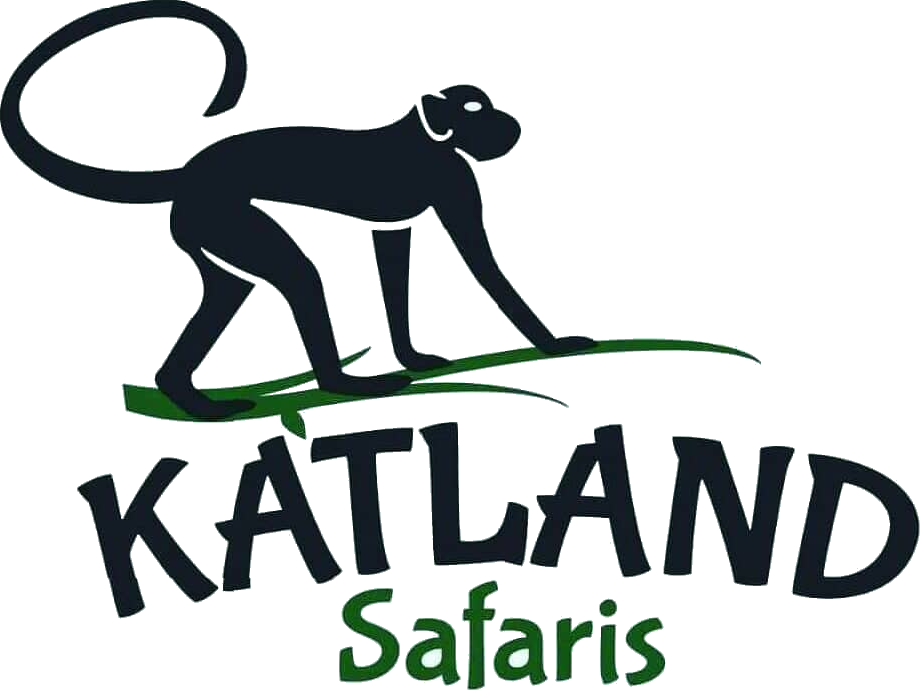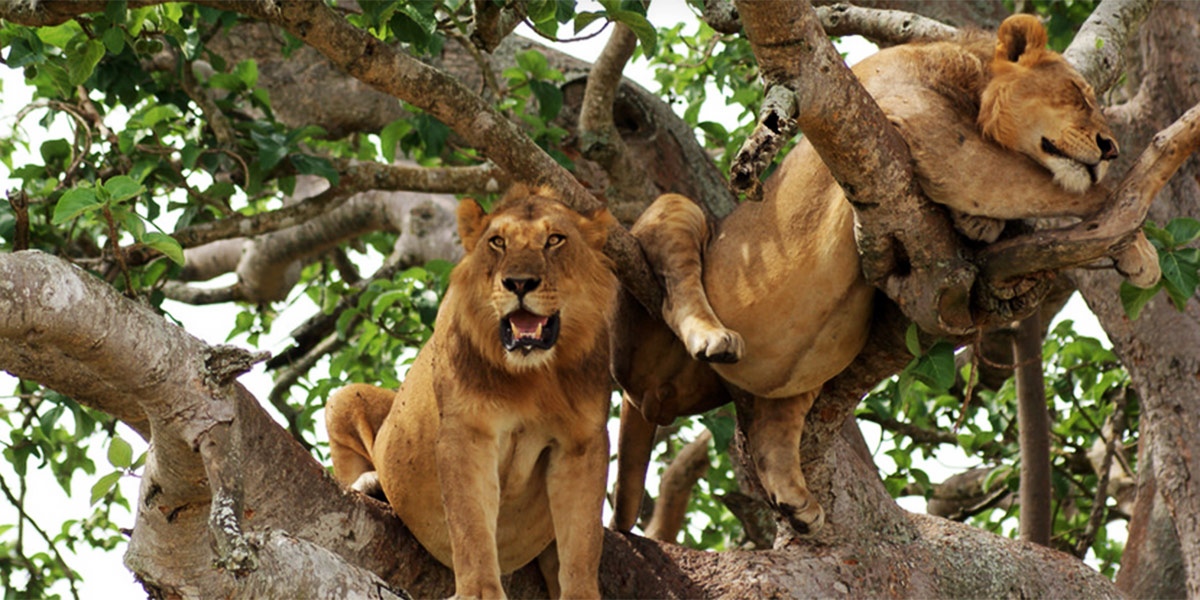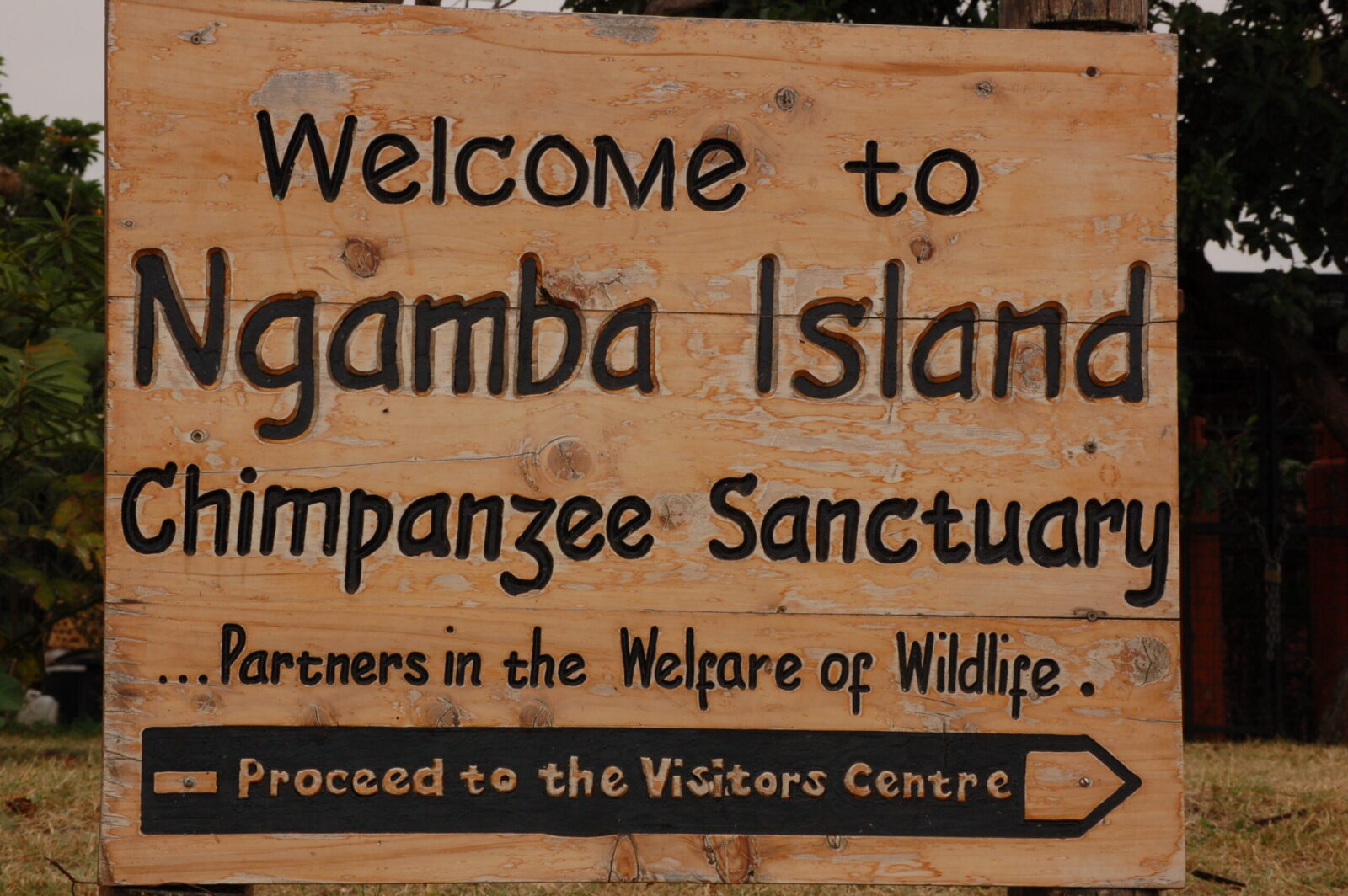Luxury Safaris To See Wildebeest Migrations In Africa.
Wildebeest Migrations Safaris In Africa
Comfort and the greatest views of the whole trip are included with luxury travel for the big wildebeest migration in Africa, even from your lodge’s balcony. Even when sitting by the pool, the majority of upscale or luxury lodging establishments in the Masai Mara National Reserve or Serengeti National Park have breathtaking views of the Great Migration.
Even inside the park, the kind of transportation you take to travel to Masai Mara National Reserve or Serengeti National Park adds to the luxury safari package during the peak migration season.
A 4×4 safari land cruiser with a porch or pop-up top is required when choosing to go by road to the Masai Mara National Reserve or the Serengeti National Park. The land cruiser must be well-maintained both inside and out. Each visitor must have a window seat for a fantastic view, and it must be roomy.
Many domestic airline options are available if you choose to fly in for the Great Wildebeest Migration Safari, but you will need to make reservations in advance to obtain flying clearance from the Kenyan or Tanzanian Civil Aviation Authorities.
Super luxury safari packages may be arranged with charter flights or daily organized safaris to the wildlife reserves. You must either pay a premium for extra baggage or adhere to the maximum baggage allowance specified by the airline.
One option worth including in your African safari is a hot air balloon ride during the big wildebeest migration in the Masai Mara National Reserve or the Serengeti National Park. To take in the airborne view of the vast herds of wild animals at the bottom of the vast rift valley, you must abide by the instructions provided by the pilot.
How to Arrange a Luxury Safari Itinerary to Witness Africa’s Great Migrations. Travel to the Masai Mara National Reserve or the Serengeti National Park | Wildebeest Migrations Safaris In Africa
You have to reserve flights in advance if you choose the fly-in luxury Great Wildebeest Migration package. Daily domestic flights from Kenya and Tanzania land at the airports near Serengeti National Park and Masai Mara National Reserve. You must make reservations in advance since tickets sell out quickly at the busiest times of the year.
Although charter flight services are offered, all required approvals must be completed beforehand. You must obtain the appropriate government approval and complete all required permissions in advance if you want to charter from your nation to the Masai Mara National Park or the Serengeti National Park.
Due to the rough and dusty roads, a 4×4 safari Land Cruiser can go by road to the Masai Mara National Park or the Serengeti National Park.
Luxuriance Drive to Lake Manyara National Park on Day 1 of the Great Wildebeest Migration Itinerary to the Serengeti National Reserve
To start your journey to Lake Manyara National Park, your driver guide will pick you up early in the morning from your overnight accommodation or from Kilimanjaro International Airport. Savor the breathtaking vista of the many landforms that the vast Rift Valley’s faulting process produced.
Rich acacia forests, enormous fig trees, mahogany trees, and other plants make up the park’s abundant biodiversity. Numerous primates, including olive baboons, vervet monkeys, blue monkeys, and others, call these places home.
A game drive, particularly around Lake Manyara, may provide you with the opportunity to visit a park rich in wildlife, including herds of buffalo, elephants, giraffes, impalas, gazelles, and wildebeest, to name a few.
Lake Manyara and wild animals in the background make this one of the greatest options for anybody searching for a natural setting for a picture session. Dinner and the night at the upscale lodge of your choice
Drive to Ngorongoro Crater on Day Two | Wildebeest Migrations Safaris In Africa
You will be picked up from your resort by the driver guide to go to Ngorongoro Crater after breakfast. The bottom of this crater spans over 102 square miles, and its walls are nearly 3000 feet high. It is known as Africa’s Noah’s Ark because of the abundance of opportunities to see some of the continent’s rarest wild creatures, such as the Black Rhino and massive elephants with tremendous tusks.
The majority of Tanzania’s proud wild animals and birds congregate in the crater.
There are also additional intriguing characteristics within the crater, such as marshes, flamingo-flocked soda lakes, forest cover, and rivers that draw wild animals, particularly during extreme dry seasons.
Before climbing to unwind at your lodge, take a wildlife drive across the reserve area.
Drive to Serengeti National Park on Day Three| Wildebeest Migrations Safaris In Africa
Serengeti means “endless plains” in the local dialect, and the park’s name is fitting. Your driving guide will pick you up from your lodging early in the morning so you can start the lengthy trip to Serengeti National Park.
As you eventually reach Serengeti National Park, you will understand why it was given that name. Gaze out the window for a breathtaking view of the landscapes along the route.
You may immediately see some animals from the steps of your lodge before you check in.
Go to your room and unwind.
Day 4: Serengeti National Park’s Great Wildebeest Migration Safari
Eat breakfast in the morning before heading out for a full day of game-watching to greet the migratory wild creatures. Before leaving for the game drive in the morning, remember to take a lunch, some snacks, and drinking water because this is a full-day excursion. Ask the driver guide for water, which is provided free of charge in the safari vehicle at Katland Safaris.
Watch from the porch or window as large groups of wildebeests, zebras, gazelles, impalas, and others navigate the Mara River while struggling, strangling, and arriving. Because predators may also obtain a meal more easily, this is the river of life and death.
During the great crossing, a lot of things happened at the Mara River, such as Nile crocodiles snatching their share of the migrants and predators losing the fight to prey. Many wild animals lose their lives attempting to cross from Serengeti National Park into Masai Mara National Reserve during that season, making it the bloody river.
Thousands of gazelles, zebra herds, innumerable wildebeests, impalas, and other ungulates are all yours to see. Predators like lions, hyenas, cheetahs, jackals, and others may not be visible to the naked eye.
Go back to your lodge and unwind.
Day 5: Hot air balloon ride or second game drive in Serengeti National Park
Another day of fantastic wildebeest migration viewing and game drive. Remember to bring snacks and a packed lunch. There is so much action on the first day of the Great Wildebeest Migration that it keeps you enthralled. Many things happen quickly and at unexpected times, making it difficult to concentrate on one event at a time.
Carnivores are busy shopping for the day’s food, moms are laboring to carry their babies over the Mara River, and crocodiles are waiting to seize the helpless migrants, among other things.
One alternative to repeating the ground game drive is to use a hot air balloon. To meet all standards, this layout must be completed beforehand.
The ungulates may be seen from above, providing a broader perspective of the plain. Make an effort to attend the hot air balloon pilot’s briefing. Observe the guidelines for observing the wildebeest migration from the air to fully appreciate the event.
Have fun taking at every aspect of the massive wildebeest migration from above. You may observe the Mara River traversing a gap that has been carved from the bottom of the rift valley over time. Admire the captivating green acacia trees encircled by verdant foliage, which serves as food for impalas, gazelles, and wildebeest. Enjoy this breathtaking aerial picture of Africa’s massive wildebeest migration.
Fly to Kilimanjaro National Park on Day 6 | Wildebeest Migrations Safaris In Africa
Date of departure: Fly to Kilimanjaro National Park to catch your flight home following the Serengeti National Park’s spectacular wildebeest migration. To capture the final moments of your visit during the big wildebeest migration, you may also go on the park’s final game drive. You can then make there in time to check in for the domestic flight.

What Does Africa’s Luxury Great Migration Safari Cost?
The remaining costs may differ after the Masai Mara National Reserve or Serengeti National Park park fees, which do not differentiate between reservations made on a luxury, mid-range, or budget basis.
The gross cost of a luxury Great Wildebeest Migration Safari is determined by several factors, including the type of lodging to be used, the number of safari days, the mode of transportation to be used, the number of passengers, the type of vehicle to be rented for the safari, the time of booking for the Great Migration Safari, and the activities to be included in the Great Migration, to name a few.
If you wish to go away from the packed ground, you may privately add optional activities like the hot air balloon ride to the Great Wildebeest Migration fee.
When to Arrange Africa’s Magnificent Great Migration Safari
The optimal time to plan Africa’s huge wildebeest migration is a year in advance. Rain patterns are supposed to drive the big wildebeest migration in Africa, but when unexpected weather shifts occur, the forecast gets thrown off.
Wildebeest’s annual epic journey across thousands of kilometers is fueled by their instincts, survival needs, and sense of smell. It can be difficult to determine when Africa’s great wildebeest migration should begin or stop, even when such elements are known.
The great wildebeest migration has been the subject of films from internationally recognized wildlife production firms, and more are in the works, yet none of them can pinpoint the precise moment the movement will begin.
The calving season, which typically lasts from January to March, brings with it an increase in the number of wild animals, which puts pressure on the amount of pasture that is available as they grow. When they release the desire for new eating grounds, certain animals, particularly zebras, begin their yearly migration.
Stakeholders with an interest in the massive Wildebeest migration by this point begin updating the world on it. Taking into account the infant’s still-shaky legs, the herds of wild creatures begin their trip northward cautiously.
As the amount of pasture devoured by the massive swarms of ungulates decreases, the trip may begin in April or May, once the newborns have grown the strength to migrate.
Because babies have outgrown and developed the strength to move more quickly, the pace is accelerated from June to July. The great wildebeest migration peaks over the remaining months of July, August, and September. When large herds of wildebeest, gazelles, impala, and zebras enter the Masai Mara, Tanzania (Serengeti National Park) loses control of the animals for a few months by October. The calving season begins when the wildebeest return to Serengeti National Park in late November or early December, at which point life resumes as usual.
Which Season in Africa Is Ideal for Luxurious Great Wildebeest Migration Safaris?
The greatest time to witness the big wildebeest migration in Masai Mara National Reserve or Serengeti National Park is from June to September.
Every year, the great wildebeest migration begins in Tanzania’s southern Serengeti National Park. Although this fantastic animal migration is not a one-day event, it gains speed over the course of several months.
You may still see the procession from Tanzania, aside from the well-known peak season for the Great Migration. It is anticipated that during specific times during the Great Wildebeest Migration, the herds of pilgrim animals will arrive in specific locations. Each of these destinations offers upscale amenities, such as lodging.
The Grumeti River, Ngorongoro Crater, and other locations are among the stops for the Great Wildebeest Migration. The southern Serengeti National Park’s calving season occurs in February and March, while the year is still young. In April and May, some animals may begin to migrate north. Infants should develop stronger limbs by June or July so they can move more quickly in August and September.
Because Tanzania no longer has a claim on the big wildebeest migration for a few months, the number of visitors to Masai Mara National Park begins to decline by October.
The big wildebeest migration, particularly in Serengeti National Park, is also comfortable during the low seasons, which run from March to May. Because wildebeest and gazelle crowds are more constant, you may anticipate seeing them eating in specific areas.
You can plainly see and observe wild creatures without being distracted by human masses. Because the grass is thick and ungulates conceal in it, expect to witness less drama between predators and prey.
Katland Safaris organizes the best gorilla and wildlife safaris in East Africa. When it comes to gorilla trekking, we will book your gorilla trekking permits for Uganda`s Bwindi and Mgahinga gorilla national park and gorilla permits for Volcanoes National Park in Rwanda. Besides booking your gorilla permit, we will also put all other gorilla safari accessories, like transportation and accommodation, in one package to make your gorilla trekking safari a memorable adventure:
Your gorilla trekking safaris can be customized to meet your safari expectations and needs, and budget. The safari package can range from budget, mid-range, and luxury safaris. Feel free to contact our team of excellent safari consultants to help you organize the best Africa gorilla safari ever.


